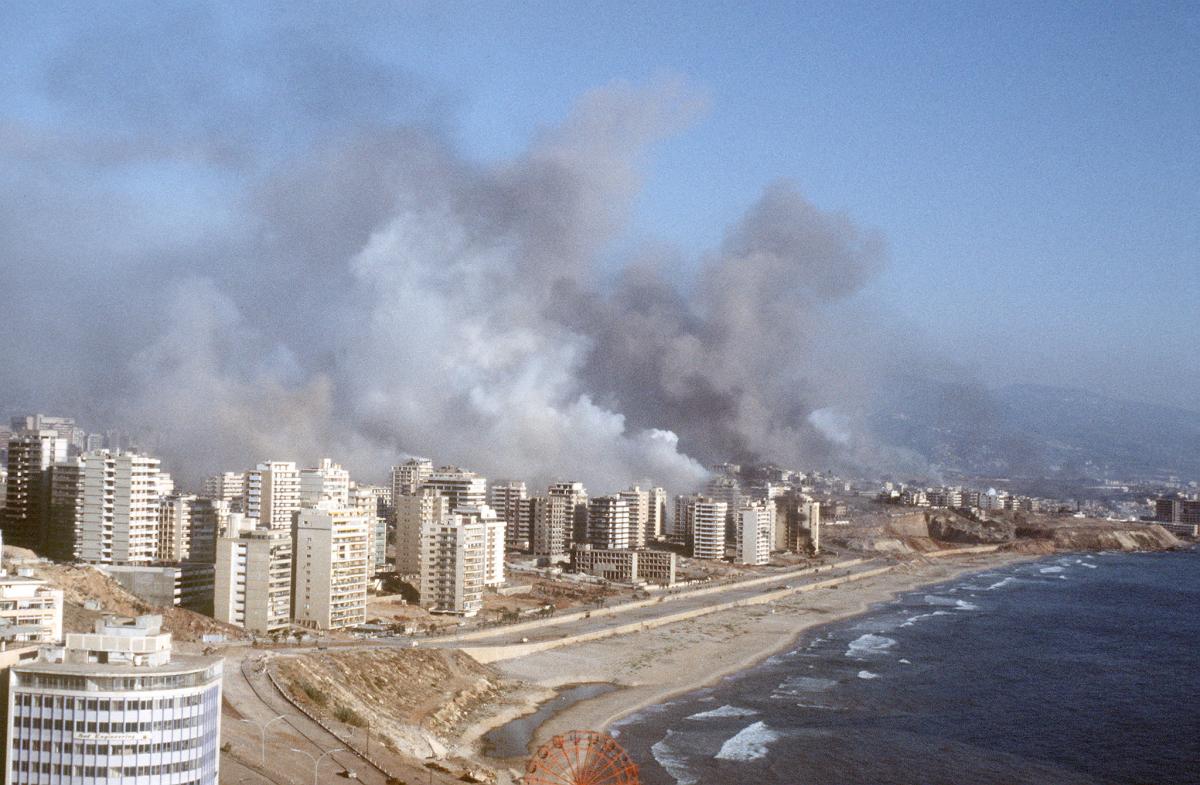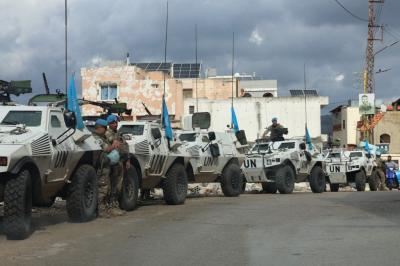The policies of major powers are built on strategies that serve their own interests first, and those of their allies second. These strategies rarely change, even when unexpected events arise—alternatives are always prepared within the larger framework. For the United States in the Middle East, two objectives remain constant regardless of shifting circumstances: securing Israel’s safety and permanence, and maintaining control over oil resources.
A veteran politician, well-versed in both local and regional politics as well as global strategies, reveals one such American plan designed for the Middle East as far back as the 1950s. That strategy sought to weaken any force—state or actor—that could pose a threat to Israel, even if it meant fueling wars among Arab states or between Arabs and their neighbors, most notably Israel itself. It also allowed for coups, revolutions, and the destabilization of regimes, alongside efforts to push Arab states into peace or normalization with Israel—either collectively or individually—based on the principle of “divide and rule.” Strengthening Israel, while ensuring it remained firmly within America’s embrace, was the ultimate aim.
A Historical Timeline
A quick survey of major milestones since the partition of Palestine in 1947 illustrates how the strategy unfolded.
1956: Israel, alongside France and Britain, joined in the tripartite aggression against Egypt. The United States intervened forcefully to halt the attack, signaling that nothing could occur in the region without its will.
1967: The June War—or the “Naksa”—saw the Arabs lose vast territory in just one week, as Israel captured the West Bank, Jerusalem, Gaza, and Sinai. Egypt and Syria were weakened, and the rest of the Arab world stood powerless.
1973: Egyptian President Anwar al-Sadat and Syrian President Hafez al-Assad launched a surprise war against Israel in October, scoring early victories. But delayed U.S. military support for Israel—especially the airlift—rebalanced the battlefield. The war ended without a clear victor, paving the way for Sadat to seek peace from a position of perceived strength rather than defeat.
1975: Civil war erupted in Lebanon, turning the country into a battleground for regional and international rivalries—a smoke screen for Sadat’s looming peace initiative.
1977–1979: Sadat traveled to Israel and later signed the Camp David Accords with Menachem Begin under U.S. auspices, effectively removing the strongest Arab state from the conflict with Israel. Egypt later sank into its own domestic turmoil.
1980–1988: Iraq waged a devastating war against revolutionary Iran, draining both nations’ strength and neutralizing Iraq as a major Arab power.
1982: Israel invaded Lebanon, seeking to force it into being the next Arab state to sign peace. The war expelled the PLO to Tunisia, but the May 17 Agreement collapsed, and Israel’s hopes were dashed.
1990: Lebanon’s civil war formally ended with the Taif Agreement, enshrining new political balances under Syrian and Saudi oversight, and drawing Lebanon further into Washington’s orbit.
1991: The Madrid Peace Conference opened four tracks—Syrian, Jordanian, Palestinian, and Lebanese. Negotiations dragged on. Oslo brought Yasser Arafat into agreement with Israel, followed by King Hussein of Jordan at Wadi Araba. Many believed peace would cascade across the region.
1990s–2000s: The Palestinian Authority was established, but the Oslo Accords remained ink on paper. Israel expanded settlements, Palestinian uprisings erupted, and the dream of a two-state solution faded. Today, with Gaza under siege for nearly 20 years, its destruction ongoing, the West Bank strangled, and Palestinians threatened with displacement, such a solution seems nearly impossible.
Lebanon and Syria’s New Realities
Lebanon today has a new president and government, ending more than two years of paralysis. Yet the crises that defined Michel Aoun’s presidency—economic collapse, protests, and paralysis—remain unresolved. In Syria, Bashar al-Assad has fallen, replaced by Abu Mohammad al-Joulani, while Israel’s tanks and warplanes roam the “beating heart of Arab nationalism,” leaving Damascus pliant for peace.
Lebanese citizens briefly believed in a national recovery. But within nine months—through political, security, and military pressures—the country was placed firmly under foreign tutelage. The tone of the expanded U.S. delegation’s recent visit, couched in polite but patronizing language, left no doubt about how Washington perceives Lebanon’s value.
The Bigger Picture
Is there any force left capable of opposing the strategy drawn up since the 1950s, particularly when no global rival—neither the collapsed Soviet Union nor today’s war-absorbed Russia—stands in the way?
Arab states have weakened. Rulers have changed. Some regimes have normalized relations with Israel without even signing formal peace treaties. What the Sykes-Picot Agreement once carved up may soon be reshaped—not necessarily through outright partition, but through confederal structures granting autonomy within states. The ultimate design envisions regional confederations living under an American umbrella, with Israel wearing the symbolic “cap” on top.
Lebanon’s Choice
The pressing question remains: what can Lebanon do to avoid drinking this bitter cup? Isn’t it incumbent upon its leaders—regardless of differences—to put aside their disputes and agree on a common position, one strong enough to withstand the dictates of any external power, however great?
Please post your comments on:
[email protected]
 Politics
Politics







